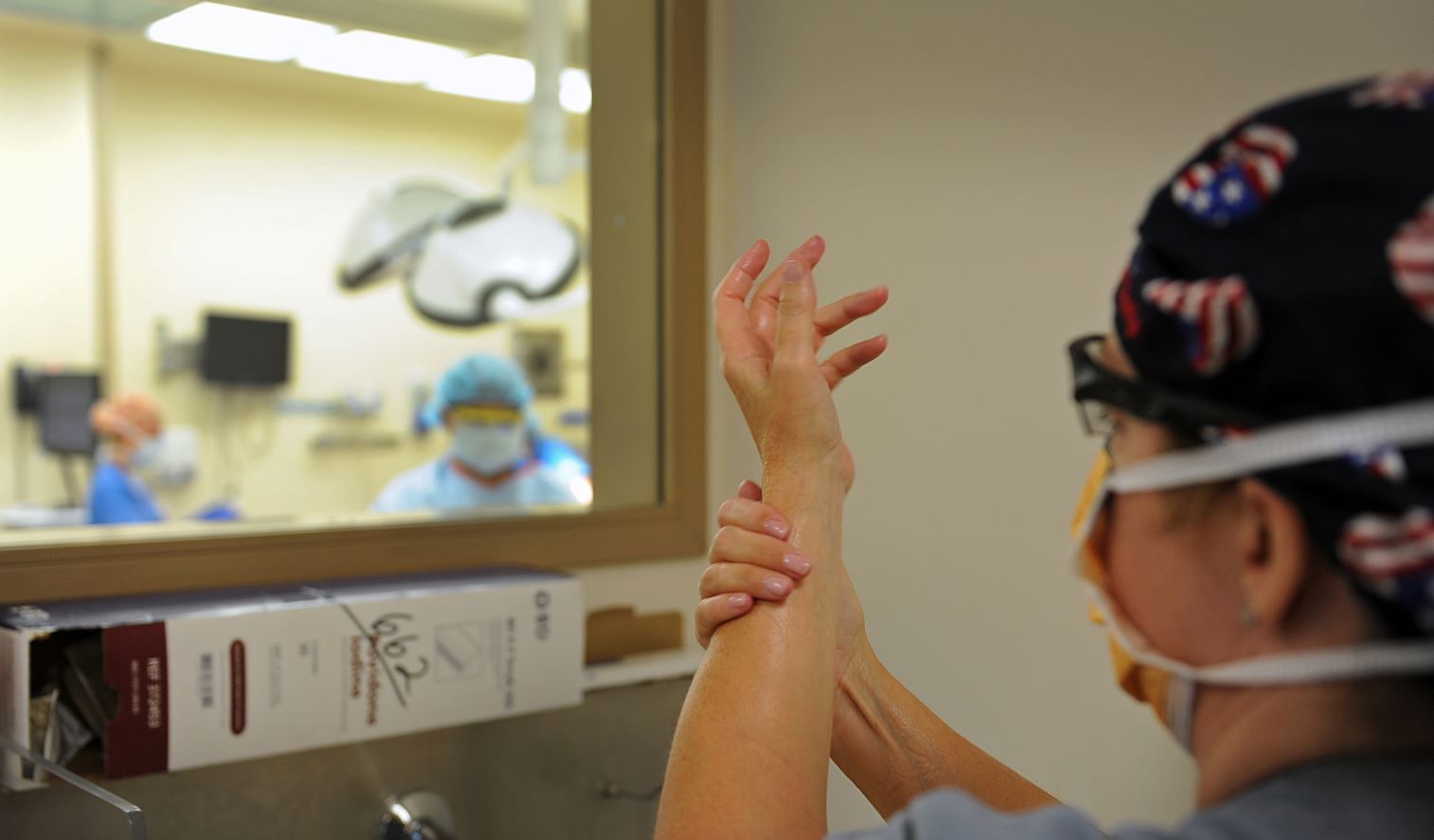A payment system that provides financial incentives for hospitals that reduce health-care costs for Medicare patients did not lower costs as intended, according to a new study led by Washington University School of Medicine in St. Louis.
The researchers assessed what is called a bundled-payment system, in which hospitals are assigned a target cost for Medicare patients with a given condition. The goal is to keep costs below that target for a patient’s hospitalization plus any care given within 90 days of discharge. The researchers asked whether this bundled-payment strategy would be less expensive than traditional fee-for-service care, which pays health-care providers for every individual service, procedure and doctor visit.
The study, published in The New England Journal of Medicine, assessed Medicare claims from 2013 through 2015 for more than 100 hospitals that voluntarily participated in the Bundled Payments for Care Improvement initiative, a program run by the Center for Medicare & Medicaid Innovation.
The new study included Medicare patients hospitalized for one of five serious medical conditions: congestive heart failure, pneumonia, chronic obstructive pulmonary disease, sepsis, or heart attack. These serious medical conditions are expensive to treat, especially for patients on Medicare, who tend to be older and sicker than the general population.
In the bundled-payment system, hospitals are given a target price for an entire “episode” of care, which includes the hospitalization as well as any health-care services needed in the 90 days following hospitalization, such as readmissions, nursing home stays, or home health visits. The goal is to keep costs below that target for each patient hospitalized with that condition. If the hospital is successful in staying below the target, Medicare returns a portion of the savings to the hospital. If the hospital goes over the target, Medicare bills an additional amount as a penalty.
“The idea behind the program is to give hospitals an incentive to reduce costs and improve care,” says first author Karen E. Joynt Maddox, MD, an assistant professor of medicine at Washington University. “The best way to reduce costs is to reduce complications, reduce hospital readmissions and get people home, if you can, instead of sending them to a nursing home. The hope is that a bundled-payment program would lead to better care at lower cost. But that is not what we saw, at least in this initial analysis.”
The researchers found no differences in cost under the bundled-payment system. On average, the cost per episode of care before the program began was $24,280. The average cost per episode of care under the bundled-payment plan was slightly less, at $23,993. But the difference was not statistically significant. The analysis also showed no differences between the fee-for-service payment system and the bundled payment system in the complexity of the cases, length of stay, emergency room visits, hospital readmissions or deaths.
A past study suggested a bundled-payment system lowered health-care costs for Medicare patients who received total joint-replacement surgeries, which are elective procedures typically performed on otherwise healthy individuals.
“In that situation, bundled payments did save money, so there was a lot of enthusiasm about them,” says Joynt Maddox, who is also a cardiologist who treats patients at Barnes-Jewish Hospital. “In this study, we elected to study costly medical conditions rather than a planned surgical procedure. With joint replacements, doctors see patients ahead of time and decide if they’re healthy enough to undergo the procedure. So the patients in our study were comparatively less healthy than those in the joint-replacement study. If someone shows up at your hospital with heart failure, you take care of them. You don’t get to choose healthier patients.”
Joynt Maddox said another possible reason they found no differences in cost was that the study time frame was relatively short, with an average follow-up time of seven months. She said the researchers will continue to follow patient data to see if cost improvements show up after more time has passed.
Joynt Maddox also pointed out that patients in the study, in addition to being sicker than those in the study of joint replacement, were older, with more than half of participants over age 80.
“These kinds of patients need a lot of home health care and nursing home care and often are readmitted to the hospital when complications arise,” says Joynt Maddox, who is also an assistant professor at Washington University’s Brown School of Social Work. “My sense is that in the costs that we see, there’s not a lot of wasteful spending that’s easy to cut.
“To really bend the cost curve, we’re going to have to do more than just put an incentive at the hospital level,” she adds. “Under bundled payments, the hospital is on the hook for any care that takes place within 90 days of discharge. One possible reason the program didn’t work could be that many costs depend more on the home-care service or the nursing home, which are not incentivized to reduce costs like the hospital is. The goal is to get the hospitals to work more closely with these care providers, but that may not be happening. We need a more holistic approach to coordinate care for these complicated patients, which will take time and a lot of new partnerships and collaborations outside the hospital walls.”
In addition to Washington University School of Medicine in St. Louis, the study was conducted by researchers at Brigham and Women’s Hospital and the Harvard T.H. Chan School of Public Health, both in Boston.





